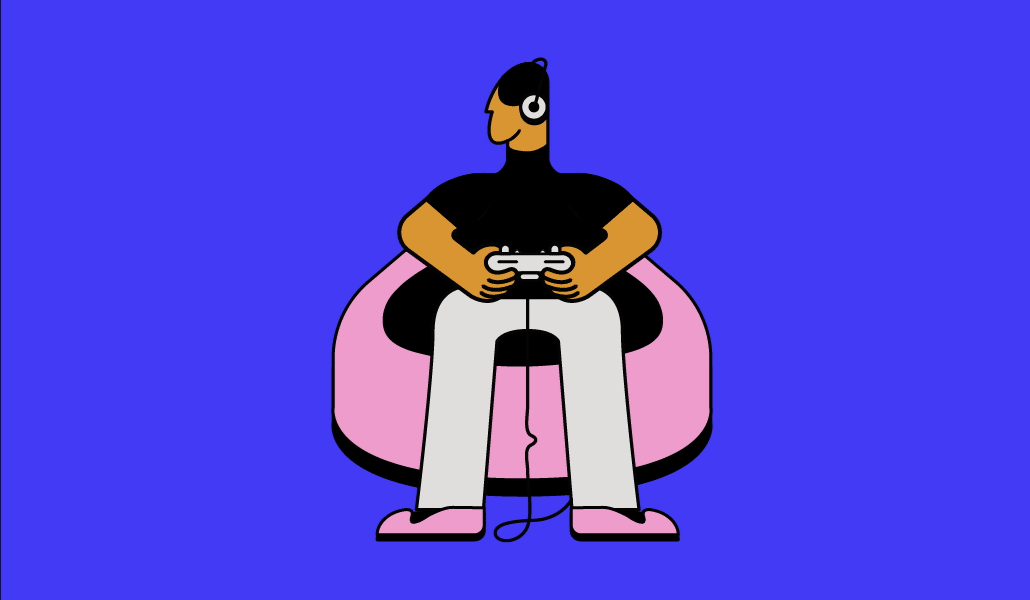
Here’s the latest sign that the gaming market is going through unprecedented change: games publishers are developing their own advertising businesses.
In fact, it won’t be long before Upfront-style events fronted by those businesses are a staple of the industry, said Paul Mascali, head of esports and gaming at PepsiCo. And he may have a point. More than most marketers, Mascali has had a front-row seat to why ad dollars are becoming ever-more-alluring to game developers.
“In previous years, there was some apprehension around in-game advertising; as a gamer, if I go out and purchase a $60 game, and then I end up getting served pre-roll, mid-roll or intrusive ad experiences, I will probably not be very happy,” said Mascali during Digiday’s Gaming Advertising Forum on April 20. “So publishers have been really protective of that.”
Times change, however. These days, publishers, like many other media owners, don’t want to be reliant on a singular income stream. Not if they want to create games that are regularly enjoyed by hundreds of millions of people, across devices at lower entry price points. And there are few better ways to offset the capital risk of development and the ballooning costs of user acquisition than advertising.
Yes, it may sound strange, but it’s not necessarily a surprise. Diverse business models and tiered price points are one of the main reasons the gaming industry has swelled into a far bigger economic juggernaut than Hollywood and the music industry. Advertising is just another recurrent revenue stream to game publishers — one that means they’re not having to constantly be reliant on asking gamers to spend a bit more money on their brands.
Not that any of this is necessarily new. For years, games developers have dabbled in in-game advertising, but it was always the exception, not the rule. In part, because the demand just wasn’t there from advertisers for games developers to believe advertising was worthwhile. Sure, there were marketers queuing up to get their brands in the latest versions of FIFA and Madden, but the interest in the sector wasn’t as widespread as it is now — especially once it became clear that gamers weren’t as averse to being advertised to while playing or watching games as previously thought.
“Creating a three-hour brand experience, where people are leaned in and completely engaged — that’s totally different than a 15-second TV commercial,” said Stephanie Perdue, vp of brand marketing at Chipotle, during her talk at the Gaming Advertising Forum. That paved the way for a nascent but fast-growing investment in gaming that included immersive in-game experiences, she continued, such as a massively popular Roblox experience, in addition to more targeted partnerships with streamers and influencers like Karl Jacobs.
“Once you think of it as a media channel, a way to create bespoke, unique content, I think you can go even further with unique brand experiences, depending on what the platform is,” said Perdue.
Going further isn’t straightforward. Games are unlike any other medium marketers advertise in. Measurement is uniquely difficult due to the placement of ads inside ever-changing three-dimensional virtual environments, though the Interactive Advertising Bureau and Media Rating Council are on the cusp of releasing updated measurement standards. The market is increasingly fragmented, with intrinsic in-game ads, more fleshed-out metaverse experiences and influencer partnerships representing only a few of the many different ways brands can reach the gaming community. And while gamers are more accepting of brand involvement than many marketers assume, there is still a fine line between a palatable in-game ad and an ad that warps the gameplay experience.
“There’s a hell of a difference when you put it in a game like Forza, where it’s native to the experience and arguably enhances realism,” said Jason Chung, an assistant professor of sport management and executive director of esports at the University of New Haven. “Versus, am I playing Red Dead Redemption 2, and then Smith and Wesson is going to put in a mid-roll ad?”
Still, companies are emerging to help marketers connect the dots. Ad exchanges such as Frameplay, Bidstack and Anzu have developed a significant inventory within free-to-play games, taking steps to educate brands about the opportunity and create new tools and metrics to measure their offerings. Agencies are jumping in, bringing their gaming and esports knowledge in-house to better help connect game developers and their inventory with brands that fit their vibe. While the largest agencies are still learning how to navigate the gaming advertising landscape, those that are able to firm up these relationships through direct integrations and curated marketplaces will have more control over the distribution of impressions, and thus an easier time delivering more incremental revenue to their clients.
As big game developers compete to establish themselves as media owners, the smaller and mid-sized independent publishers might suffer most from this shift in the landscape.
“Quite frankly, a lot of the publishers that are not Microsoft and Sony will not be happy with it, because you’re cutting directly into their revenue stream,” Chung said. “If I play a game of NBA 2K, I’m pretty sure [2K developer] Take-Two has put enough advertising in there to make Madison Avenue blush, so good luck to them.”
Game developers might not have a choice. Microsoft’s in-game ad business has reportedly been in the works for years, but cultural and economic shifts during the COVID-19 pandemic have since transformed gaming into a pillar of popular culture. As developers race to adapt to this change, gamers could be in for an explosion of in-game advertising before the hype subsides.
“If you add in too many layers, you’re going to end up like the early days of TV, where entire programs were sponsored by a tobacco company or a laundry soap company,” Chung said. “People revolted against that and said, ‘we don’t want to be exploited this way,’ which is why we moved to the advertising system that we have now.”
